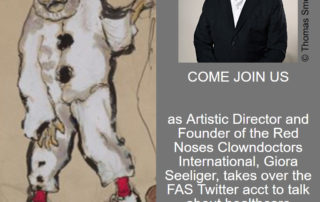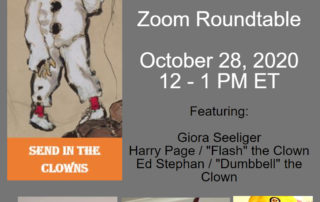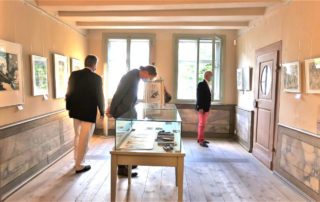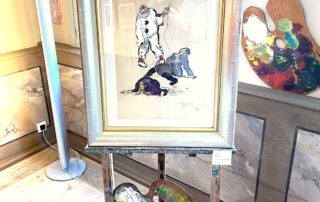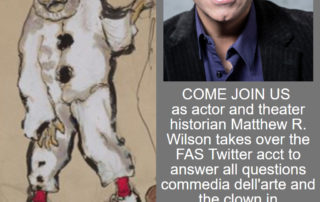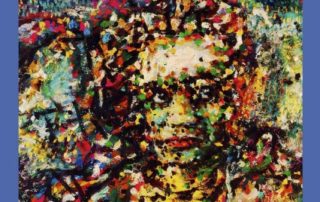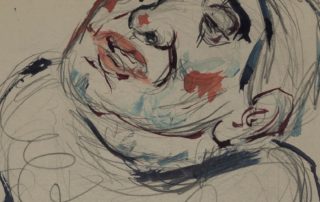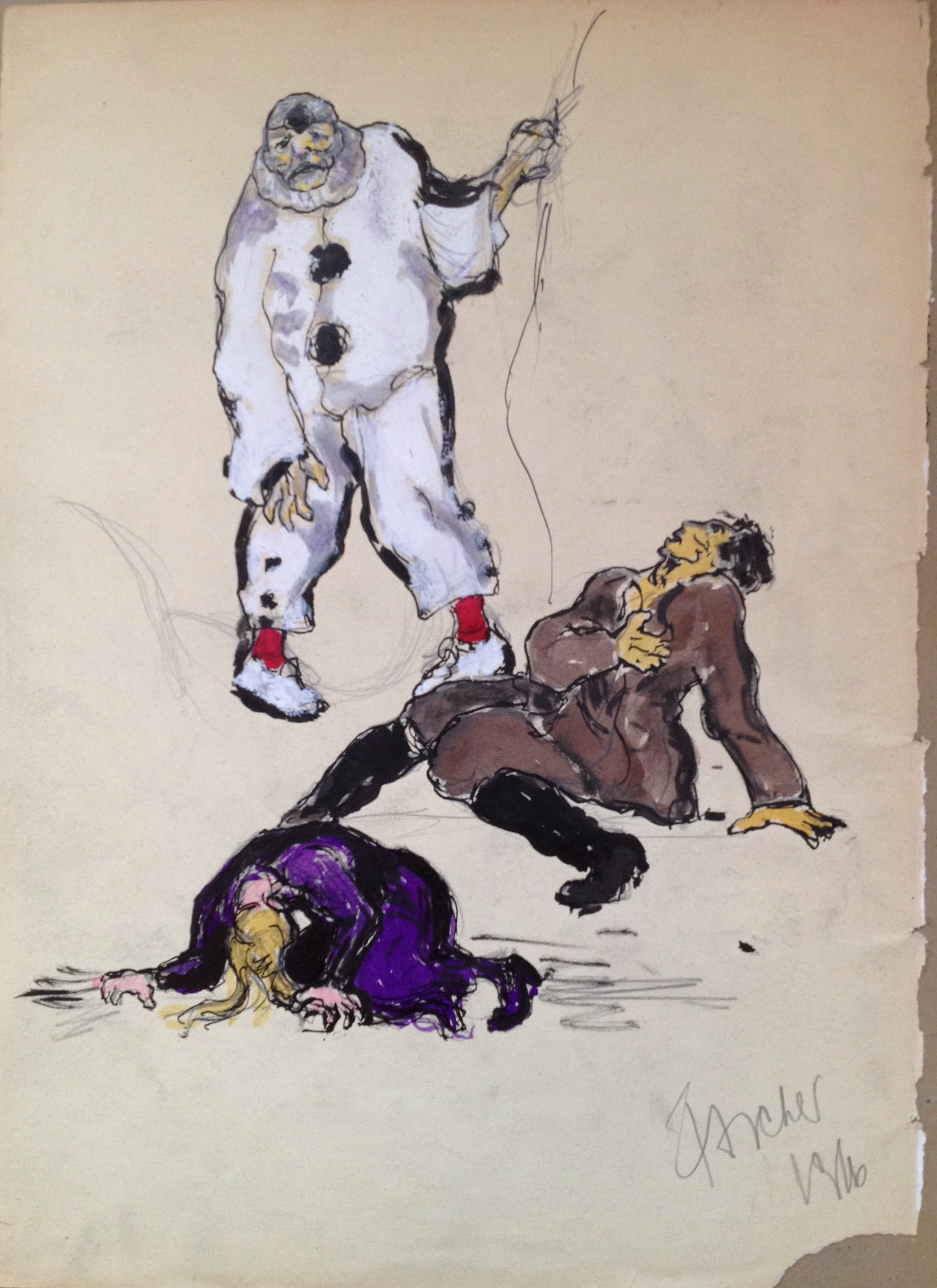Twitterview @Ascher_Society
Giora Seeliger
“Ask A Healthcare Clown!”
Twitter @Ascher_Society Giora Seeliger, Artistic Director and Founder of Red Noses Clowndoctors International, takes over the FAS Twitter account to answer your burning questions about clowning, the role of a healthcare clown, and anything else that comes to mind! Submit your questions in advance by writing to info@fritzaschersociety.org Part of "Send in the Clowns," an interactive two-week digital initiative, which explores the clown as a figure between tragedy and comedy, between self- identification and stage--a character designed to (literally) mask the performer’s true feelings behind a facade of happiness. “Send in the Clowns” uses the prominence of the “clown” figure in Fritz Ascher’s work as a lens through which to explore the duality of the clown both historically and today. [...]


